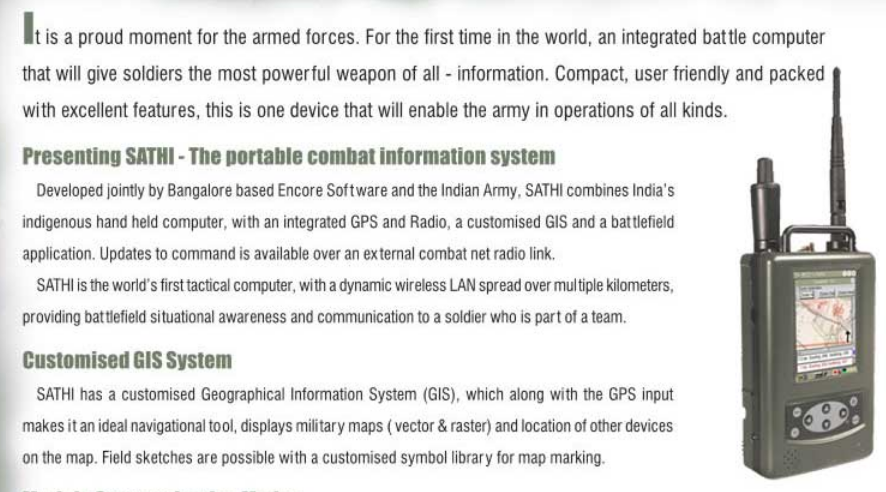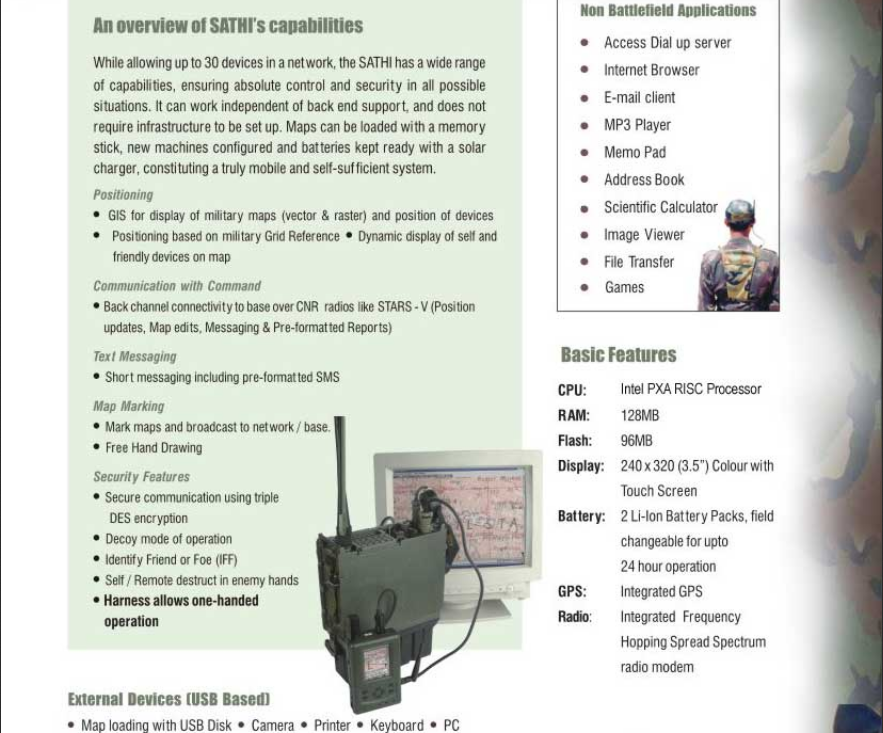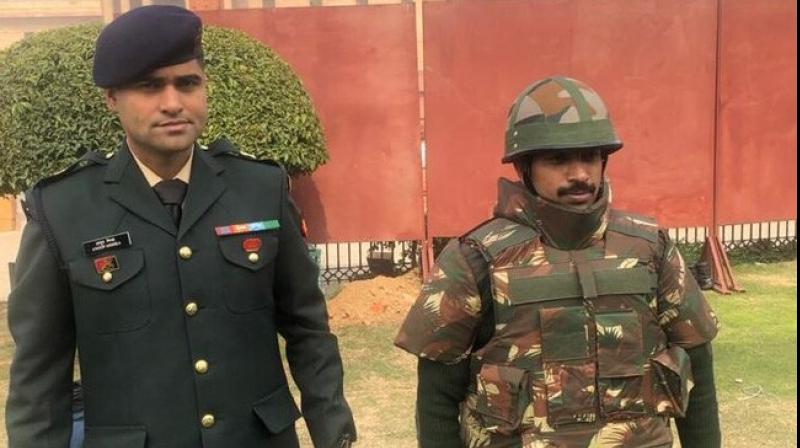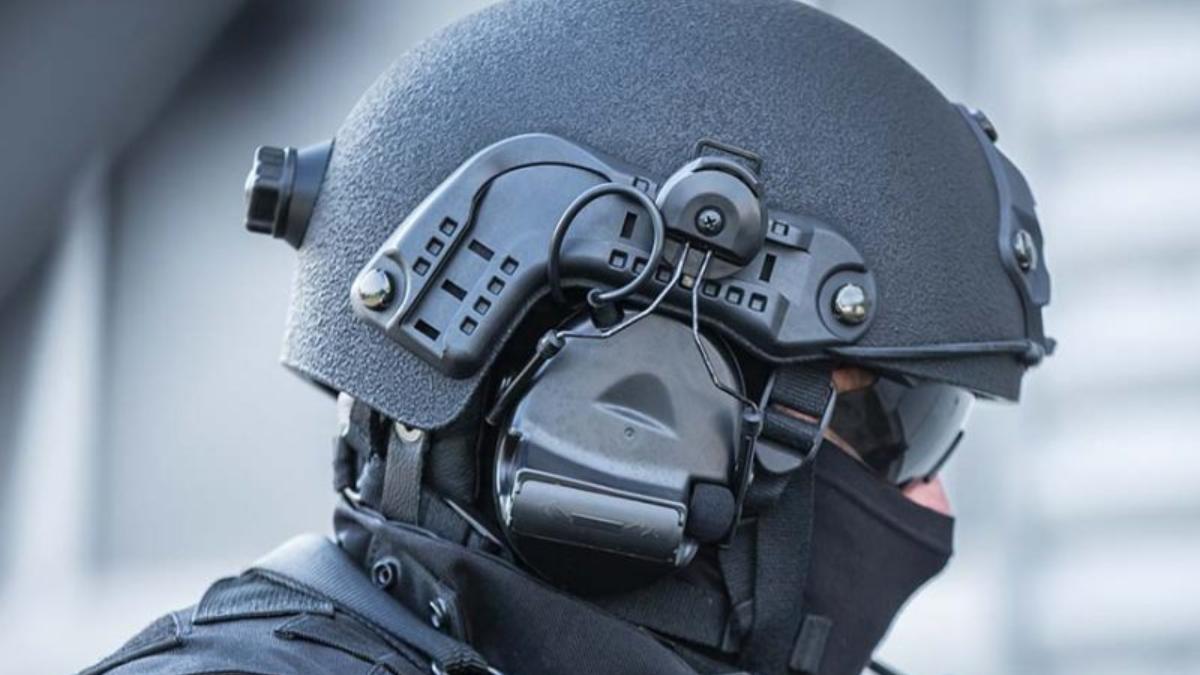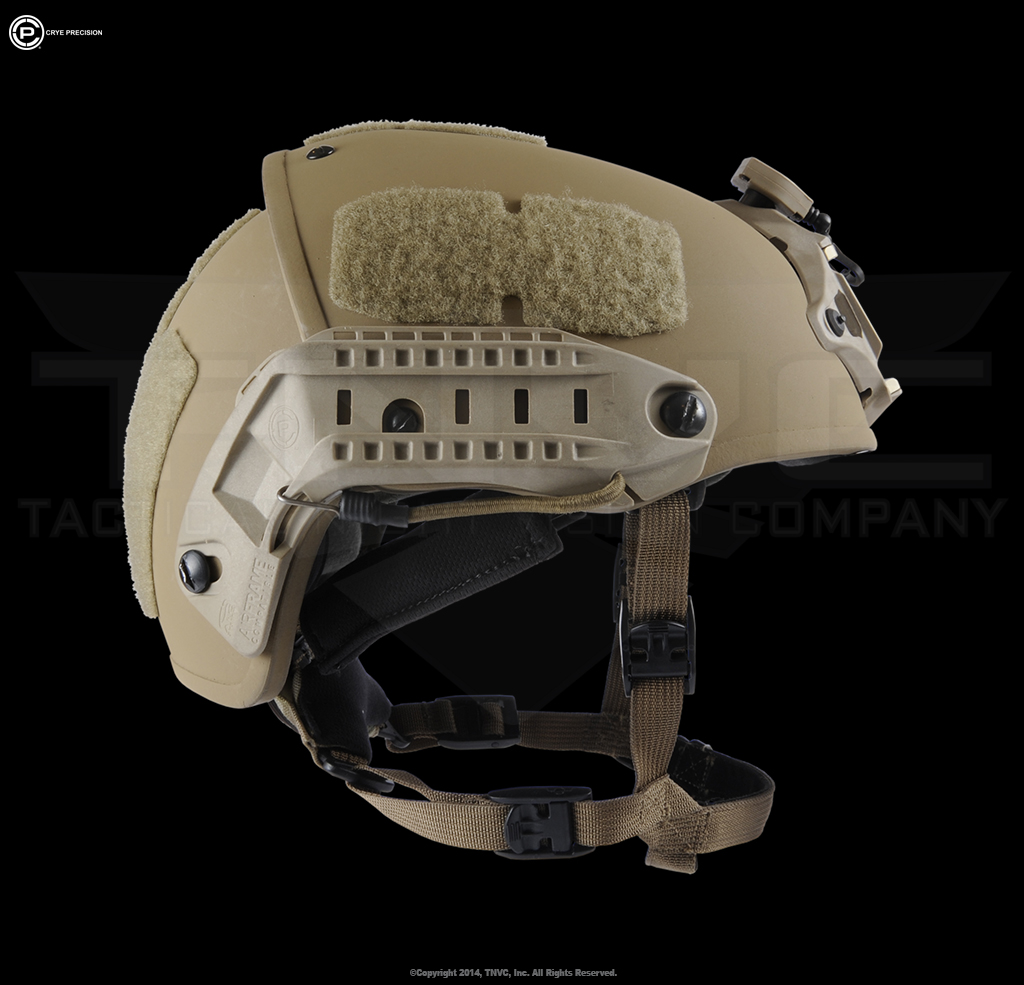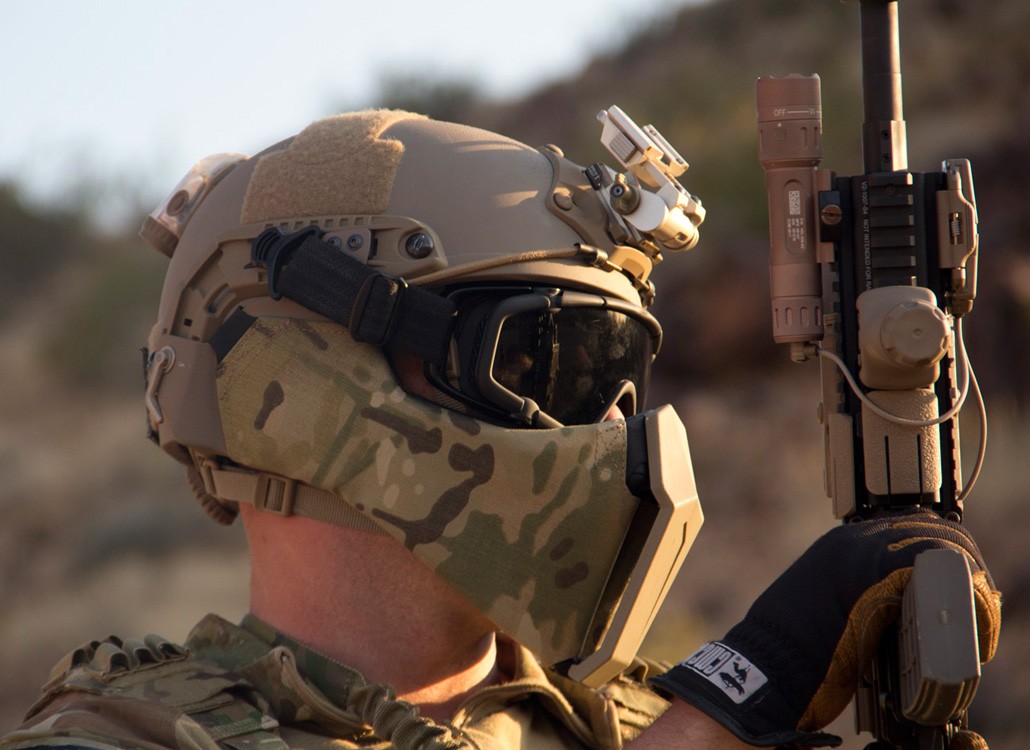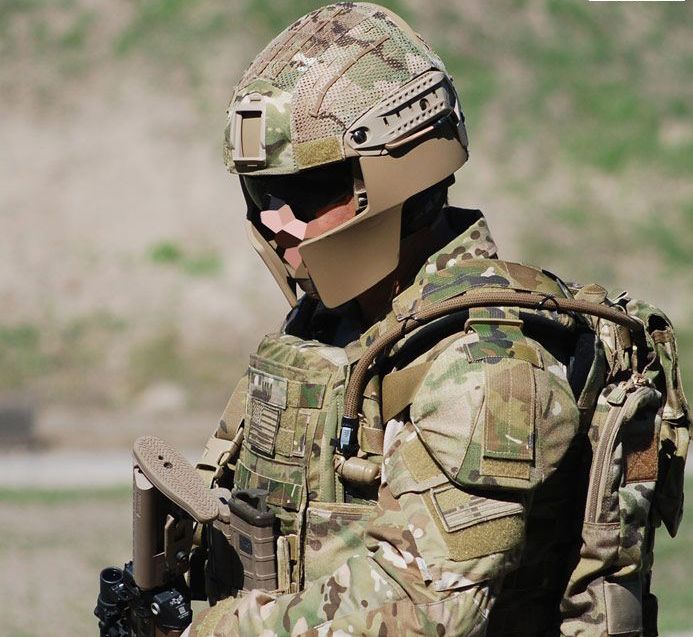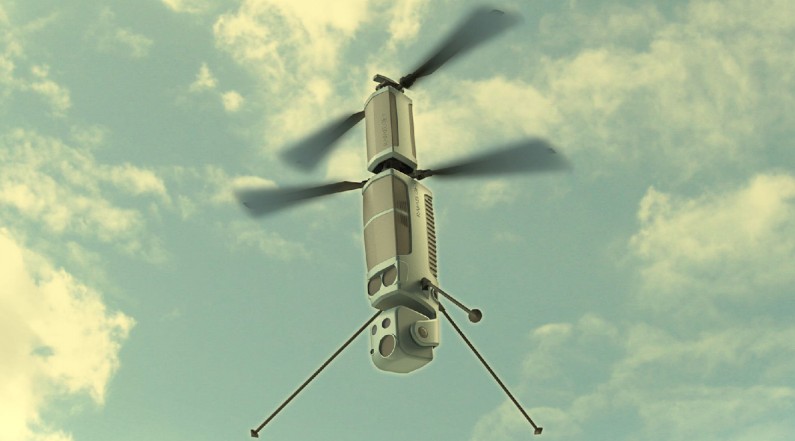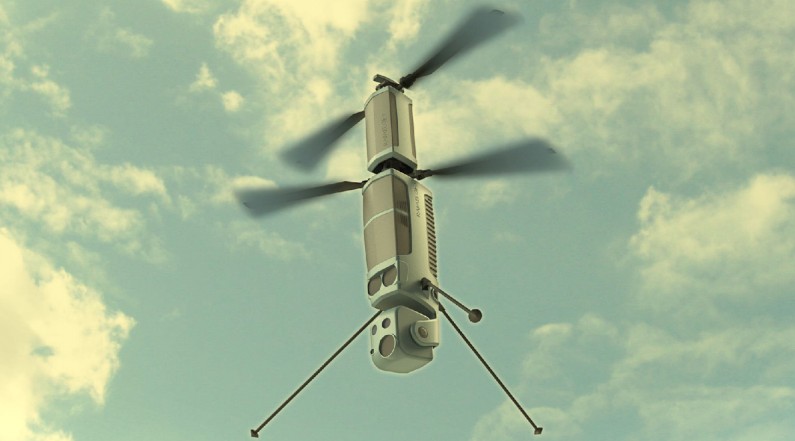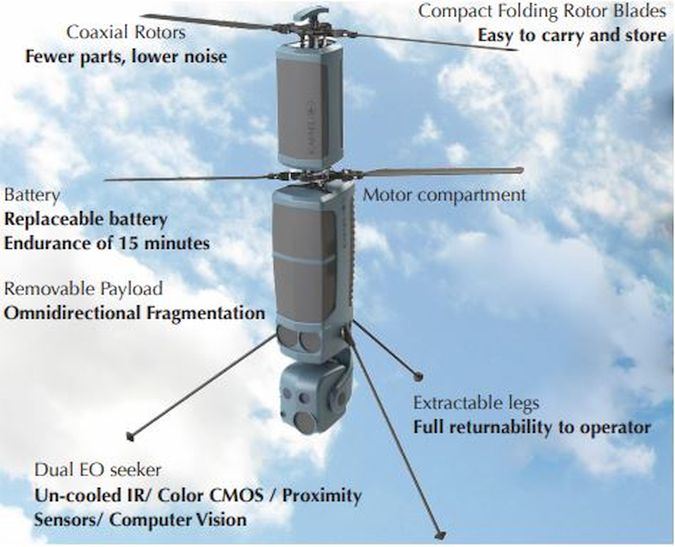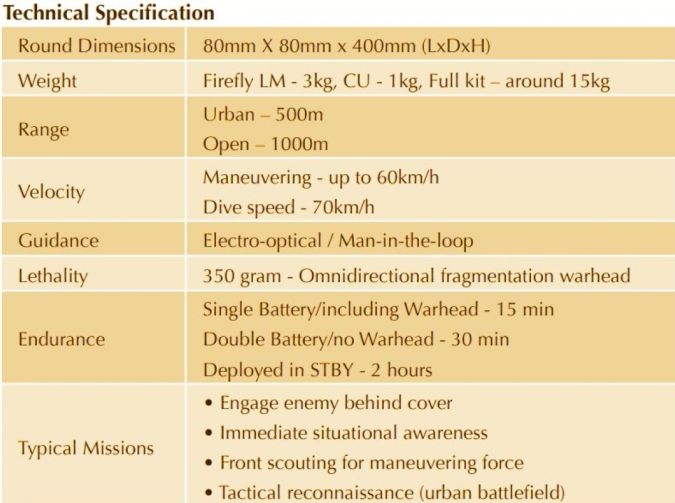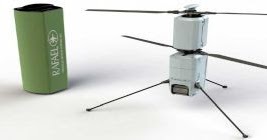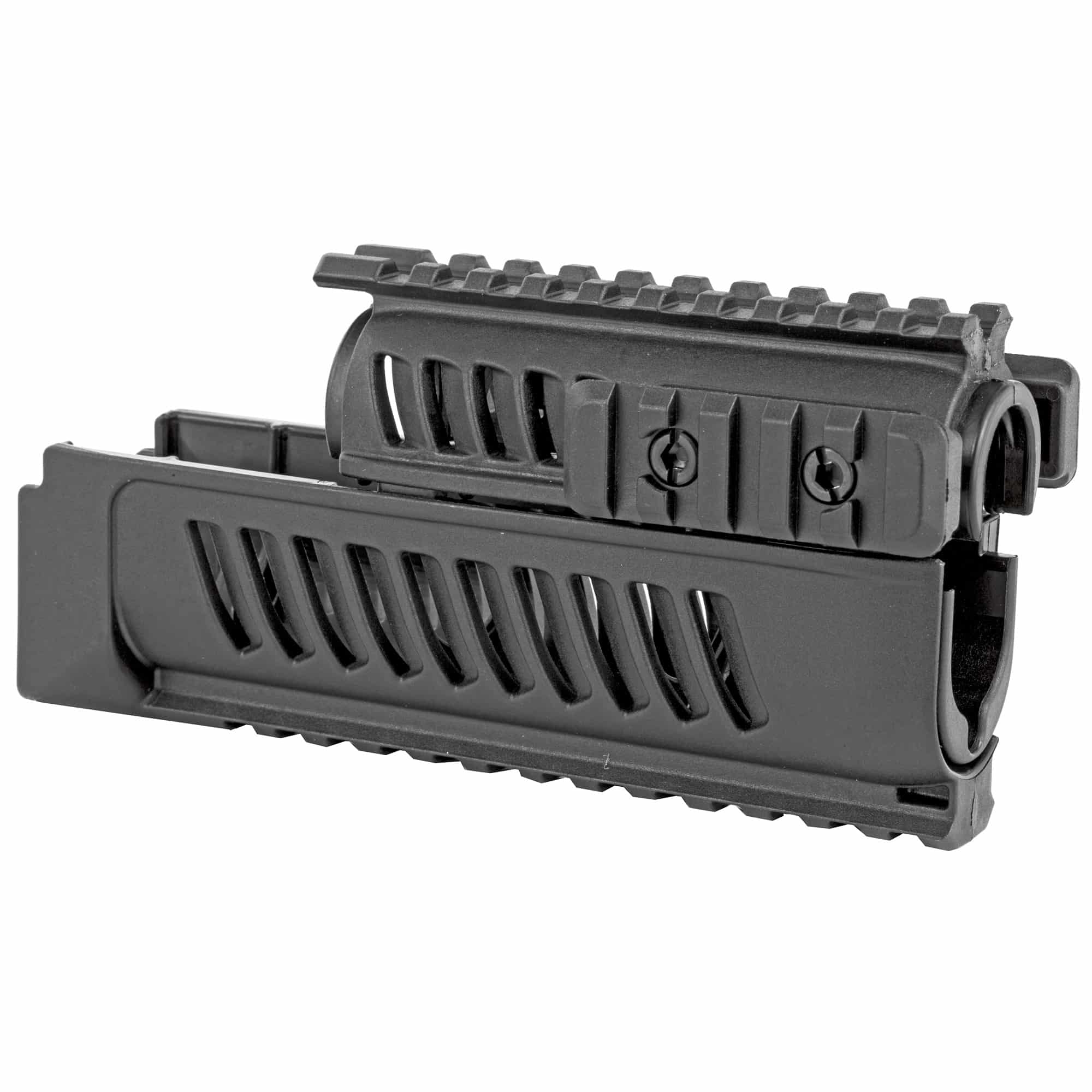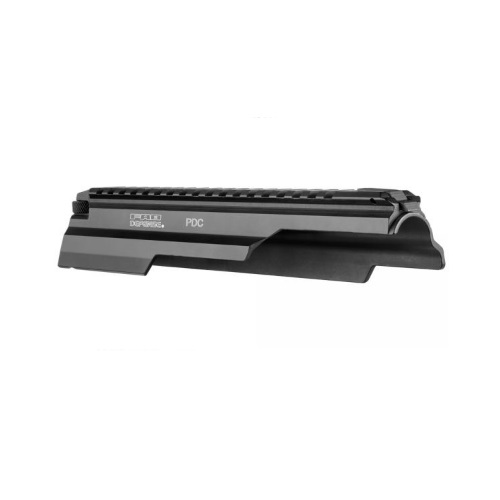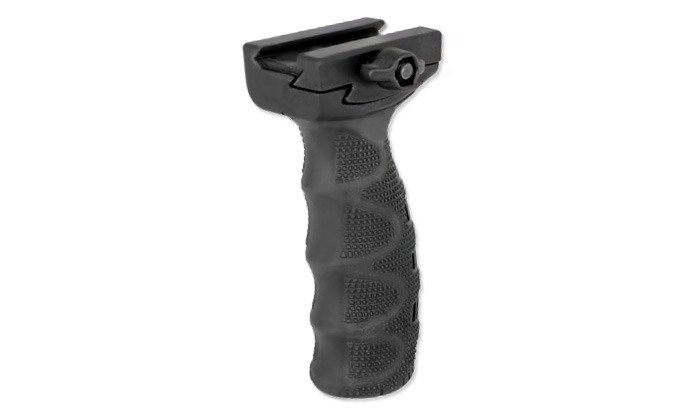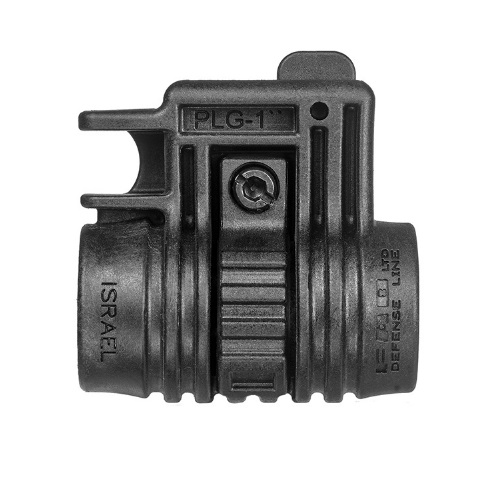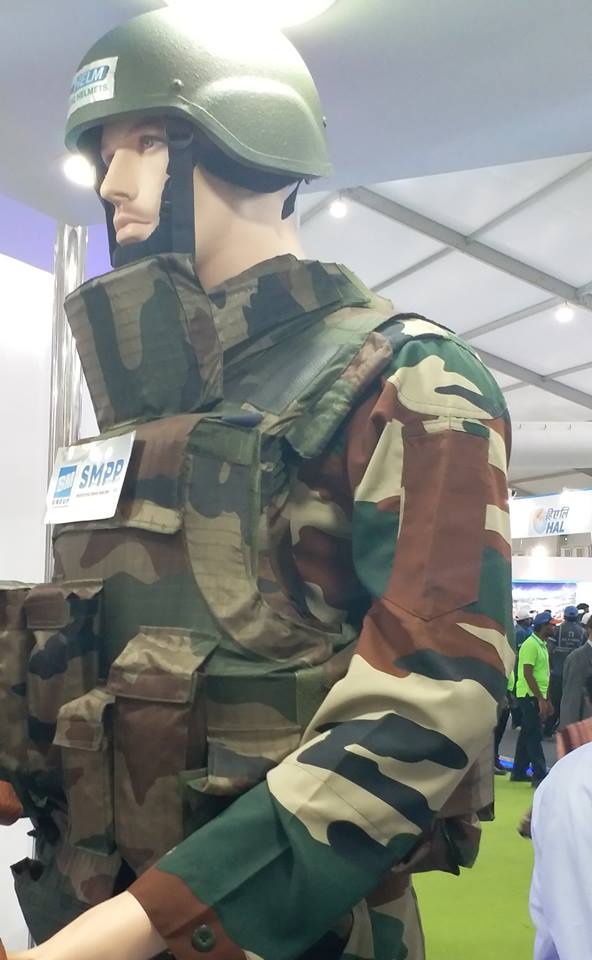The new helmets, when they arrive, will provide protection from even AK-47 slugs

www.indiatoday.in
The army’s new helmet
will also have to support various accessories like night-vision goggles, a torch, visors and face shields. More importantly, it has asked for the new helmet to protect against the AK-47’s 7.62x39 mm Mild Steel Core and Hard Steel Core bullets from 10 metres. Mild steel core bullets are most commonly used, while hard steel core rounds are those designed to penetrate metal and body armour.
In two firefights in the Kashmir Valley, one in Pulwama in 2017 and another at Lethpora in 2018, militants had used armour-piercing AK-47 bullets. On June 20 this year, BSF jawans in Kathua shot down a Pakistani hexacopter carrying a US-built M4A1 Colt carbine and two magazines with 60 M855A1 Enhanced Performance Rounds (EPR). These are regular 5.56x45 mm NATO rounds with a steel penetrator tip that can easily penetrate the Level III body armour worn by Indian security forces.
When the army was inducted to fight the insurgency in Jammu and Kashmir in the early 1990s, its soldiers were equipped with the Model 1974 fibreglass helmets, which offered inadequate protection against bullets and splinters. An improvised low-cost solution, the ‘
bulletproof patka’ helmet was designed by Major General V.K. Datta in the early 1990s, and is still the standard issue in counterinsurgency operations. It is a circular sheet of armoured steel wrapped in canvas.
While it protected the soldier from the bullet itself, it was less successful in protecting the wearer from the trauma of the bullet’s impact. Additionally, bullets ricocheting from the helmet could also injure soldiers standing near the wearer.
In 2018, the army placed a Rs 170-crore order for 158,000 helmets from Kanpur-based firm MKU.
The helmets were, however, found to offer inadequate protection against the AK-47 bullets commonly used by militants. A stop-gap AK-47 protector—a modular ceramic add-on plate produced and designed by another manufacturer—was then issued to troops.
++++
The add-on armour plates mentioned in article were these -
View attachment 53060View attachment 53061
Finally it seems IA has seriously come into the routine of utilizing modern technologies, gathering data & feedback from real-world use, then quickly using the lessons learnt to further develop the requirements and procure even better equipment. This was a process that should have ideally started 20 years ago, but while the country itself only started to come out of inward-looking License raj in 1991, the Govt-run companies or organizations like the Army took even longer.
The new requirement seems to ask for helmet systems like these -
Can't wait to see MKU, TAML etc. come up with solutions geared for these requirements. Only these Pvt companies can hope to keep up with the fast-paced ever-changing nature of technology & warfare. The days of relying on Sarkari-run factories and random bouts of individual ingenuity are hopefully behind us.

